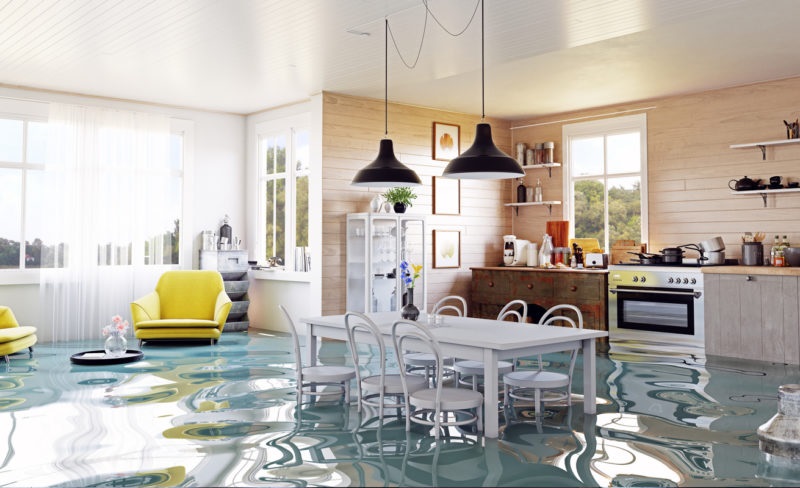Water damage can really mess up your home, causing problems with the structure, health risks, and financial problems. If you have water damage from a burst pipe, flooding, or a roof that leaks, you need to move quickly and decisively to lessen the damage and stop it from getting worse. This complete guide will show you what you can do to protect your space from water damage, and water damage mitigation tips, and make the process go more smoothly.
-
Understand the Risks
The first step in water damage mitigation is understanding the risks associated with your property. Are you located in a flood-prone area? Do you have old or deteriorating plumbing? Knowing where possible weak spots are can help you take steps to stop water damage before it happens.
-
Inspect and Maintain
To stop water damage, it’s important to do regular upkeep and inspections. Look at your roof for damage or wear and tear, like missing shingles or cracks. Check your pipes for drips, leaks, or corrosion, and fix any problems right away. Keeping your gutters and downspouts clean will help water drain away from your home’s base.
-
Install Proper Drainage Systems
For water harm to be avoided, it’s important to have good drainage, especially when it rains a lot or snow melts. Add extensions to your gutters to keep water away from your foundation. If your home often floods, you might also want to add a French drain or sump pump. Having the right slope around your house can also help water stay away from areas that are weak.
-
Seal and Waterproof
Sealing and protecting the outside of your home can add another layer of defense against water getting in. Seal gaps around doors and windows with caulk to keep water out, and use waterproof sealant on outside walls and foundation cracks. To keep water out, you might want to put a waterproof covering or coating on your roof.
-
Monitor Moisture Levels
Keeping an eye on the amount of wetness in your home can help you find water damage early on. Get a moisture meter to check for high amounts of moisture on a regular basis in basements, bathrooms, crawl spaces, and other places that are likely to get water damage. Fix any problems with moisture right away to stop mold growth and damage to the building.
-
Act Quickly in Case of Water Damage
Despite your best efforts, water damage can still occur. In the event of a water leak, burst pipe, or flooding, it’s essential to act quickly to minimize the damage. Turn off the water supply to stop the flow of water, and remove standing water using pumps, wet vacuums, or towels. To help things dry, leave doors and windows open and use fans and dehumidifiers to make the process go faster.
-
Document and Assess the Damage
Documenting the extent of the water damage is crucial for insurance purposes and the restoration process. Take photos and videos of the affected areas before beginning cleanup and restoration efforts. Look at the damage carefully to figure out what can be fixed and what needs to be thrown away.
-
Seek Professional Help
While some water damage cleanup and restoration tasks can be tackled DIY-style, it’s often best to enlist the help of professionals. Water damage restoration experts have the necessary equipment, expertise, and experience to handle even the most severe water damage situations safely and effectively. They can also assist with mold remediation, structural repairs, and insurance claims.
-
Prevent Mold Growth
Mold can quickly become a problem in water-damaged areas, posing health risks and further damaging your property. Prevent mold growth by thoroughly drying affected areas within 24-48 hours of water damage. Use antimicrobial cleaners to disinfect surfaces, and consider applying mold inhibitors to prevent future growth.
-
Implement Preventive Measures
Once the water damage has been fixed and your property is safe again, it’s important to take steps to make sure it doesn’t happen again. Keep an eye on the moisture levels, check and fix up your home on a daily basis, and take care of any problems right away to keep your space safe and dry.
In conclusion, preventing and fixing water damage needs to be done quickly and proactively. You can protect your space from water damage and keep it safe and healthy for years to come by knowing the risks, maintaining and inspecting your property, installing proper drainage systems, sealing and waterproofing, keeping an eye on moisture levels, acting quickly in case of water damage, writing down and assessing the damage, getting professional help when needed, stopping mold growth, and taking other preventative steps.

